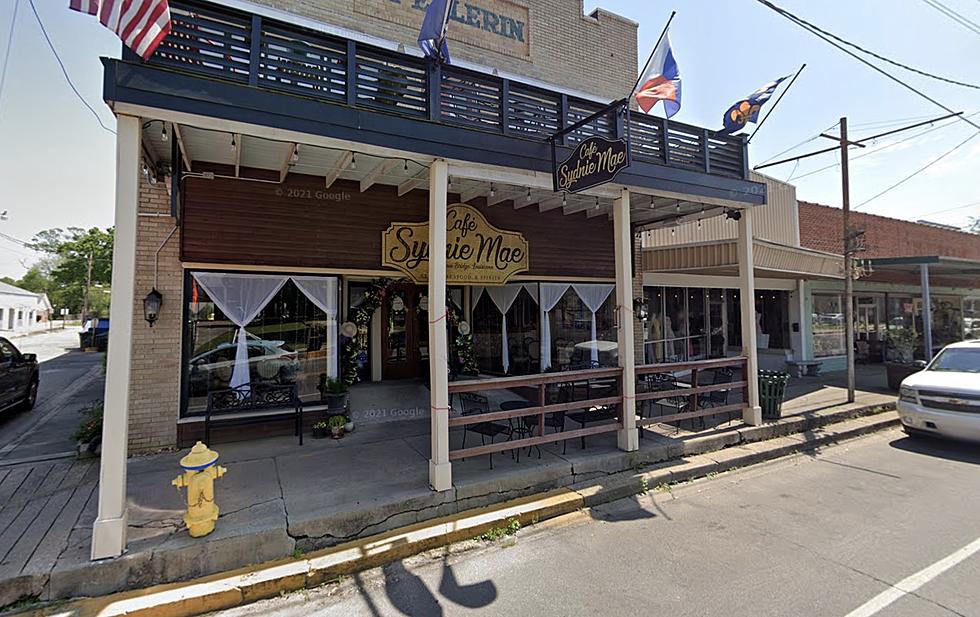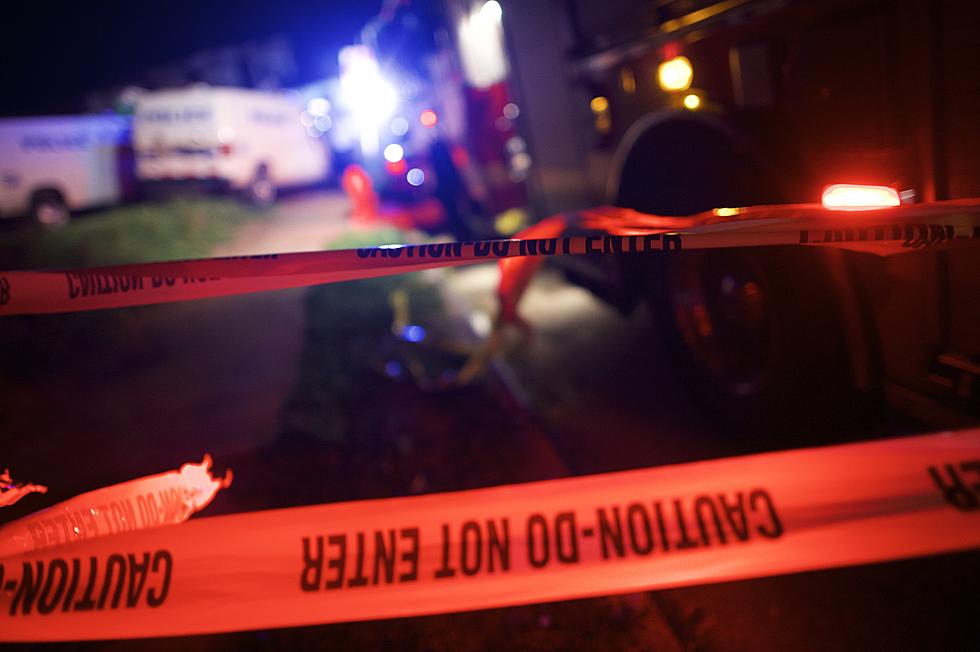
Record Drought, Heat to Impact Crawfish Season in Louisiana
Lafayette, LA (KPEL News) -- True Louisiana residents celebrate four seasons: Summer, football, Mardi Gras, and crawfish. Connoisseurs expect to enjoy the tasty crustaceans from roughly November through June. Commercial crawfish farmers in Louisiana provide 85 percent of the crawfish in the United States, but several factors are putting the harvest in jeopardy.
Drought Conditions Over The Summer Can Hurt Crawfish Farms
According to drought.gov, most of Acadiana is experiencing an "exceptional drought," the most severe category on the scale. The severe lack of water causes the clay and soil to compact, making it nearly impossible for the crawfish to burrow into the ground and make their nests. The drought not only prevents them from nesting, it also robs the soil of beneficial nutrients crawfish need to thrive.
Excessive Heat Doesn't Just Affect Crawfish Fields
Excessive heat impacts surface water temperatures and adds insult to injury. Ideally, nighttime water temperatures should fall between 65 and 70 degrees. Louisiana and much of the southern states are finally cooling off after weeks of 100+ degree temperatures, but surface water temperatures are still running too high for crawfish to survive.
Stagnant Weather
Weather events, like a drop in barometric pressure, spur crawfish to reproduce. Acadiana hasn't seen a significant storm or shift in the weather pattern since early July. Historically, September brings more rain and changes in the weather. As a result, water temperatures start to cool, and the mudbugs become more active above ground. With no significant temperature changes in the near future, they may wait longer to surface, delaying the harvest.
As with most industries, price is determined by supply and demand. Demand usually peaks during the Lenten Season, with the peak around Mardi Gras. Crawfish prices fluctuate each year accordingly, with rates ranging from $2-7 per pound. The 2023-24 season is shaping up to be an expensive one. Start saving now so you can enjoy it when the time is right.
LOOK: The most expensive weather and climate disasters in recent decades
Historical Look at Highest Crawfish Prices
More From Hot 107.9






